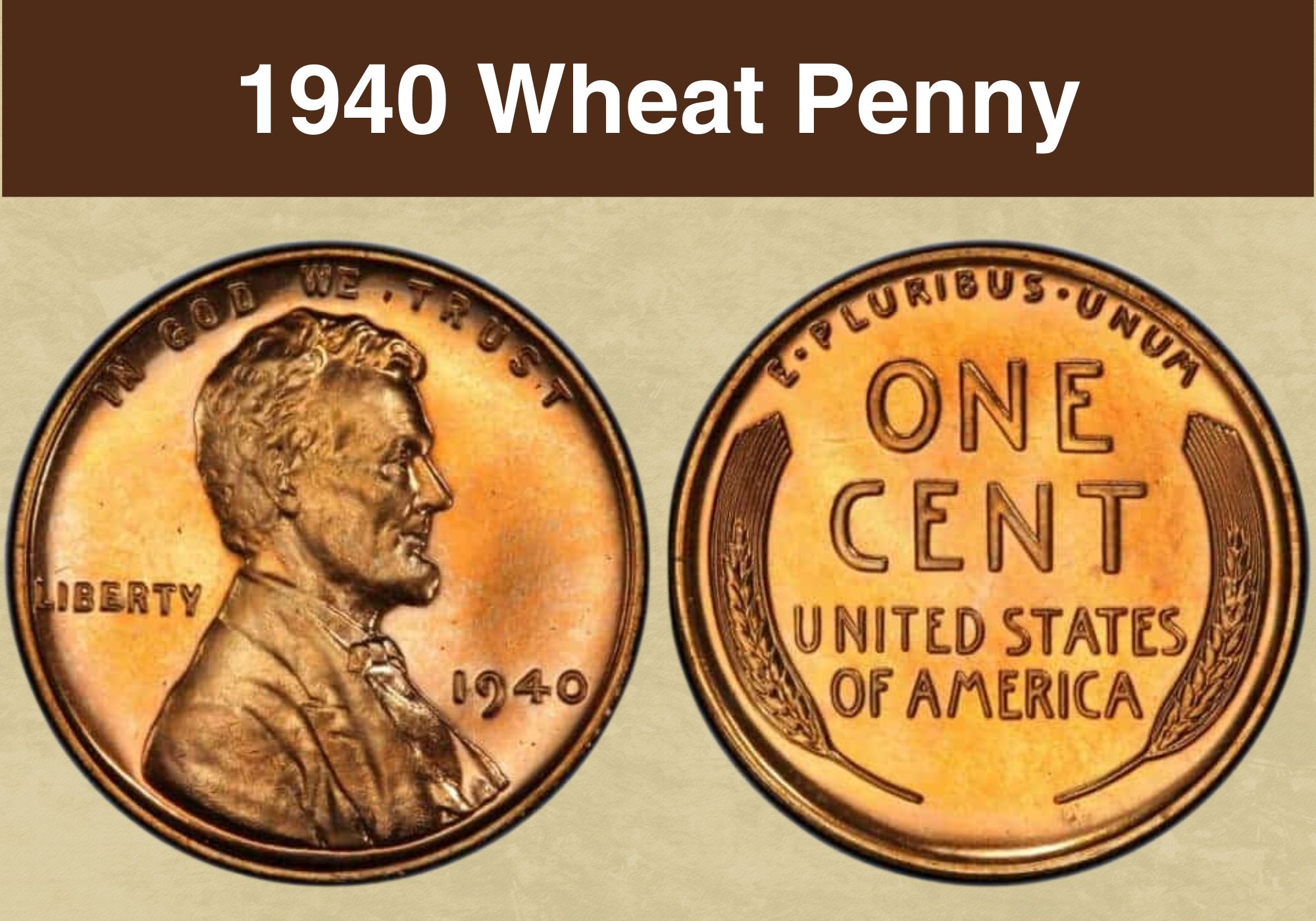
Coin Value Contents Table
- 1940 Wheat Penny Value Chart*
- History of the 1940 Wheat Penny
- Features of the 1940 Wheat Penny
- 1940 Wheat Penny Grading
- 1940 Wheat Penny Value Guides
- 1940 No Mint Mark Wheat Penny Value
- 1940 D Wheat Penny Value
- 1940 S Wheat Penny Value
- 1940 (P) Proof Wheat Penny Value
- Rare 1940 Wheat Penny Error List
- Where to Sell Your 1940 Wheat penny ?
- FAQs
Are you interested in the 1940 Wheat penny value? Then you’ve come to the right place!
We’re going to look at how color and condition affects the value of individual coins. We’ll investigate some interesting error coins. And we’ll find out more about the history and design of 1940 pennies along the way.
Ready to find out more? Then step this way!
1940 Wheat Penny Value Chart* |
||||
| Mint mark | MS62 | MS65 | MS67 | MS68 |
| 1940 (P) No Mint Mark Wheat Penny Value | $4 | $26 | $190 | $9,000 |
| 1940 D Wheat Penny Value | $5 | $26 | $160 | $10,000 |
| 1940 S Wheat Penny Value | $6 | $24 | $175 | $12,000 |
| PR60 | PR63 | PR65 | PR67 | |
| 1940 (P) Proof Wheat Penny Value | Brown: n/a
Red and brown: $25 Red: $50 Cameo: $100 |
Brown: $35
Red and brown: $65 Red: $80 Cameo: $500 |
Brown: $65
Red and brown: $90 Red: $150 Cameo: $2,750 |
Brown: n/a
Red and brown: n/a Red: $4,850 Cameo: n/a |
* Values for business strike coins are for those graded red (RD).
History of the 1940 Wheat Penny
The name “Wheat penny” comes from the design on the reverse of these coins – the “tails” side. It shows two ears of wheat, curving symmetrically up the sides of the coin.
It’s the original design used for the coins commonly known as Lincoln cents, or Lincoln pennies. These were first struck in 1909. And they were historic for two different reasons.
The first is that 1909 was a special year. It marked 100 years since the birth of the assassinated US president, Abraham Lincoln.
The second reason is that, until then, no real person had ever appeared on a US coin. The “heads” sides of US coins usually bore an image of Lady Liberty.
But the anniversary resulted in an outpouring of affection for the former president. And a coin bearing his image was considered a fitting tribute.
The same portrait that appeared on those first Lincoln pennies is still used on cents today. But the image on the reverse has changed several times.
Fifty years after the Wheat pennies were introduced, the design was changed to the Lincoln Memorial in Washington DC. And fifty years after that, it changed again to the design known as the “Union shield”. That’s the one that still appears on the reverse of the cent to this day.
Both the portrait of Lincoln and the ears of durum wheat were the work of the same man. Victor David Brenner had been born in Shavli, in what was then Russia. Both his father and grandfather were metalworkers, and Brenner was schooled in artistic ironwork from an early age.
In 1880, he emigrated to the US, where he worked as an engraver and die cutter. He later traveled to Paris to continue his artistic education, before returning to New York in 1906.
His design for the Wheat penny wasn’t his first attempt. He’d originally proposed a tree branch, but this was considered too similar to French coins of the time.
Brenner originally proposed to sign Lincoln’s portrait, but that was considered unacceptable. So instead he added his initials to the design on the reverse.
Unfortunately for him, these too were considered too prominent. Despite his protests, his initials were removed and were not reinstated until 1918. From then on, they appeared on the cut-off at the bottom of Lincoln’s portrait.
The pennies made in 1940 were 95 per cent copper, and 5 per cent tin and zinc. It was the same composition that had been used for the earliest wheat pennies.
But soon afterwards, US involvement in the Second World War saw shortages of both copper and tin. Production of bronze cents was cut dramatically in 1942, before ceasing altogether until 1944. In the intervening years, pennies were instead made from steel coated in zinc.
Also read: 12 Most Valuable Lincoln Penny Worth Money
Features of the 1940 Wheat Penny
The obverse of the 1940 Wheat penny
The obverse of the 1940 Wheat penny has the same image of President Lincoln that’s appeared on cents for over a hundred years. It shows his head and shoulders in profile, facing to the right.
The words “In God We Trust” arch above his head, while the word “Liberty” is to the left of his portrait. On the right is the date. And if the penny was struck in Denver or San Francisco, the mint mark – a small “D” or “S” – will appear just below the date.
The reverse of the 1940 Wheat penny
The reverse of the 1940 Wheat penny has a simple, clean design. The most prominent feature is the denomination, written boldly in full capitals across two lines in the center of the coin. The country name, also in capitals and over two lines, appears below it in smaller font.
Smaller again is the Latin motto “E pluribus unum”. This is at the top of the reverse, curving to follow the coin edge.
The only illustrations, the two ears of durum wheat, curve to follow the left and right coin edges. The stylized representations serve to frame the text.
Other features of the 1940 Wheat penny
The 1940 penny is made of bronze – 95 per cent copper, with the remainder a mixture of tin and zinc. It weighs 3.11 grams and is 19 millimeters in diameter.
Because of the high copper content, there’s considerable variation in the color of individual 1940 pennies. These may be graded either red, red and brown, or brown.
When copper is new it’s red, but it gradually darkens and dulls to brown over time. Coins that have not been handled much, or exposed to oxygen in the air, retain that original red shade. Those are particularly desirable to collectors.
To be classified as red, a coin must be red over at least 95 per cent of its total surface area. If it’s brown over the same area, it’s classed as brown. And anything in between counts as red and brown.
Also read: 13 Most Valuable Wheat Penny Worth Money
1940 Wheat Penny Grading
| # | Grade |
|---|---|
| 1 | Basal State-1 |
| 2 | Fair |
| 3 | Very Fair |
| 4, 5, 6 | Good |
| 7, 8, 10 | Very Good |
| 12, 15 | Fine |
| 20, 30 | Very Fine |
| 40 | Extremely Fine |
| 50 | About Uncirculated |
| 60 | Mint State |
| 65 | Mint State |
| 70 | Mint State |
Please check our grading guides to know your coin scale, It’s the necessary step to know the exact value of your coin.
Check out now: How to Grade Lincoln Wheat Penny?
1940 Wheat Penny Value Guides
1940 No Mint Mark Wheat Penny Value
To check whether your penny was struck in Philadelphia, look at the obverse. If there isn’t a small “D” or “S” below the date, yours is a Philadelphia penny.
In itself, this doesn’t make it rare. Almost 587 million pennies were struck in Philadelphia in 1940. The independent coin graders, the PCGS, estimate that around 12,000 of those survive today.
About half are what are known as “gem quality” coins. These are coins graded 65 or higher on the coin grading scale, which runs from 1 to 70. And they are the most desirable and valuable to collectors.
The high number of survivors mean that prices for most 1940 Philadelphia Wheat pennies are modest. In most cases, coins that are brown or red and brown won’t be worth more than their face value.
Red examples graded MS62 (the MS stands for “mint state) are worth around $4. That rises to $26 for a gem quality MS65 coin.
The very finest coins are worth considerably more. At MS67, the PCGS values a red 1940 Philadelphia penny at $190. The highest quality coins found to date are graded a point higher. The PCGS has certified eight of those, and values them at $9,000 apiece.
1940 D Wheat Penny Value
A “D” below the date on the obverse of your 1940 Wheat penny means it was struck at the Mint facility in Denver.
Despite far fewer pennies being struck there than in Philadelphia that year – around 81 million – they have survived in greater numbers. The PCGS estimates 18,000 remain, with half of those graded MS65 or above.
Values at most grades are similar to Philadelphia Wheat pennies. Unless it has a Mint error, a coin will usually be worth only a cent if it’s brown or red and brown.
Red examples graded MS62 are valued by the PCGS at $5, rising to $26 at MS65, and $160 at MS67. Ten coins have been certified at MS67+, and those are each worth around $850.
Just as with Philadelphia pennies, quality tops out at MS68. Only five red 1940 Denver pennies have been certified at that level. The PCGS values them at $10,000 a pop.
1940 S Wheat Penny Value
The San Francisco Mint facility struck almost 113 million pennies in 1940. They can be identified by the small “S” which appears below the date.
The PCGS estimates there are more survivors of these than the Philadelphia coins, but fewer than the Denver ones. It’s believed that around 18,000 examples still exist, with about half graded at MS65 or higher.
Prices are similar to the equivalents from the other Mint facilities. The PCGS values a red coin graded MS62 at $6. The value at MS65 is $24, and at MS67 $175.
The crème de la crème are again red pennies graded MS68. Six of those have been certified to date, and they’re valued at $10,000 each.
1940 (P) Proof Wheat Penny Value
The Philadelphia Mint facility struck both regular pennies and proofs in 1940. The latter were targeted at collectors, and were made using special planchets and dies.
Today, you can find them at four different levels. As well as the three standard color varieties for copper coins, some proofs are designated “cameos”. These are coins that have an appealing contrast between reflective flat areas and frosted raised parts of the design.
Proof Wheat pennies range in value from $25 for a red and brown coin graded MS60 to $15,000 for a red example graded MS67+.
The finest cameo to have so far come to light is graded 1.5 points lower, at MS66. The PCGS values that at $6,500.
Also read: 17 Most Valuable Indian Head Penny Worth Money
Rare 1940 Wheat Penny Error List
1940 S Wheat Penny, Repunched Mint Mark
Sometimes, coins have the mint mark punched a second or even a third time. This happened to some of the Wheat pennies struck in both San Francisco and in Denver in 1940.
This type of error is easiest to spot with the help of a microscope or loupe. Repunched mint marks – often shortened to RPM in coin descriptions – are coded according to the relative positions of the first and later mint marks.
And just as for coins without errors, the better the condition of the coin, the more valuable it will be.
One San Francisco example had the S mint mark repunched twice (coded RPM-7 by the coin graders ANACS). It was graded MS64 red, and sold at auction for $70.
1940 S Wheat Penny, Double Die Obverse
Another type of error that affected some of the 1940 San Francisco pennies is the double die obverse.
A double die error occurs when there’s a problem during the manufacture of the die used to strike the coins. The hub has to strike the die more than once to capture the design. And if there’s any movement between strikes, that will leave behind a double image.
This doubling is then transferred to any coins struck by the defective die. If the error is on the obverse die, it’s a double die obverse. If it’s on the reverse, it’s a double die reverse.
One 1940 San Francisco Wheat penny with a double die obverse was certified by the independent coin graders ANACS. It was a red coin, graded MS67 – making it valuable, even without the error. It sold at auction for $175.
Take a look at this YouTube video from Couch Collectibles for information on these and other errors among 1940 Wheat pennies.
Also read: 11 Most Valuable Wheat Penny Errors
Where to Sell Your 1940 Wheat penny ?
Now that you know the value of your coins, do you know where to sell those coins online easily? Don’t worry, I’ve compiled a list of these sites, including their introduction, pros, and cons.
Check out now: Best Places To Sell Coins Online (Pros & Cons)
FAQs
How much is a 1940 Wheat penny worth today?
That depends on the condition of the coin and on whether it has an interesting error.
Most brown or red and brown pennies will be worth only their face value. But coins with errors like double images or repunched mint marks are worth more. How much more depends on the condition of the coin.
Red coins can be more valuable. The finest examples – those with only hairline marks and minimal wear – can be worth many thousands of dollars.
How much is a 1940 Wheat penny with no mint mark?
If your 1940 penny doesn’t have a mint mark, it was struck in Philadelphia. Values are similar to those of 1940 pennies with “S” or “D” mint marks.
Brown or red and brown coins are generally worth only their face value, unless they have an interesting Mint error.
Red coins start becoming more valuable at MS62. A coin at that level is worth around $4, while a best-in-class MS68 example is valued at $9,000.

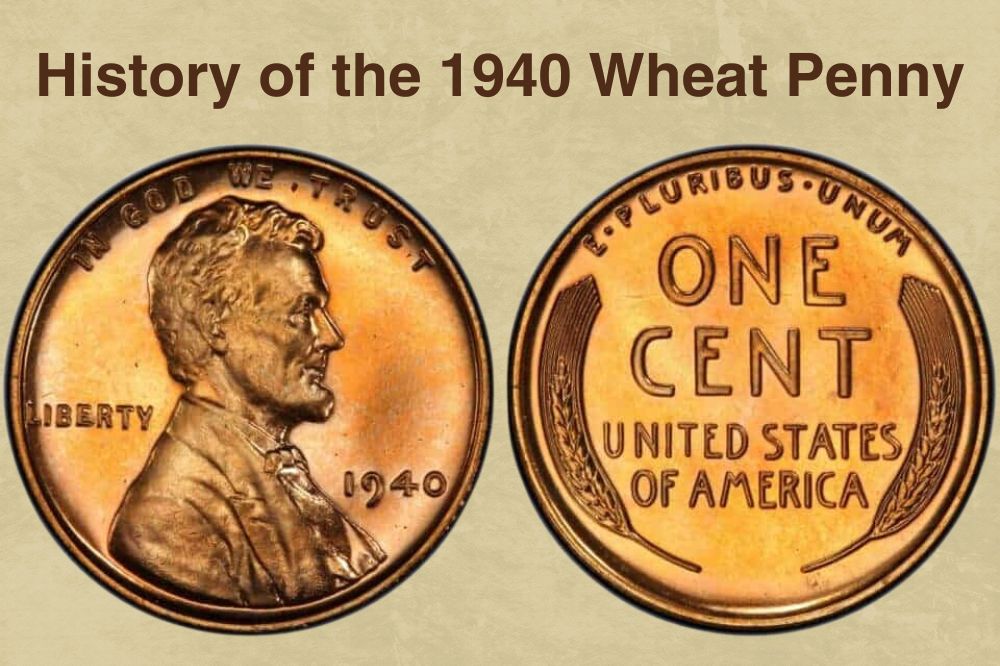
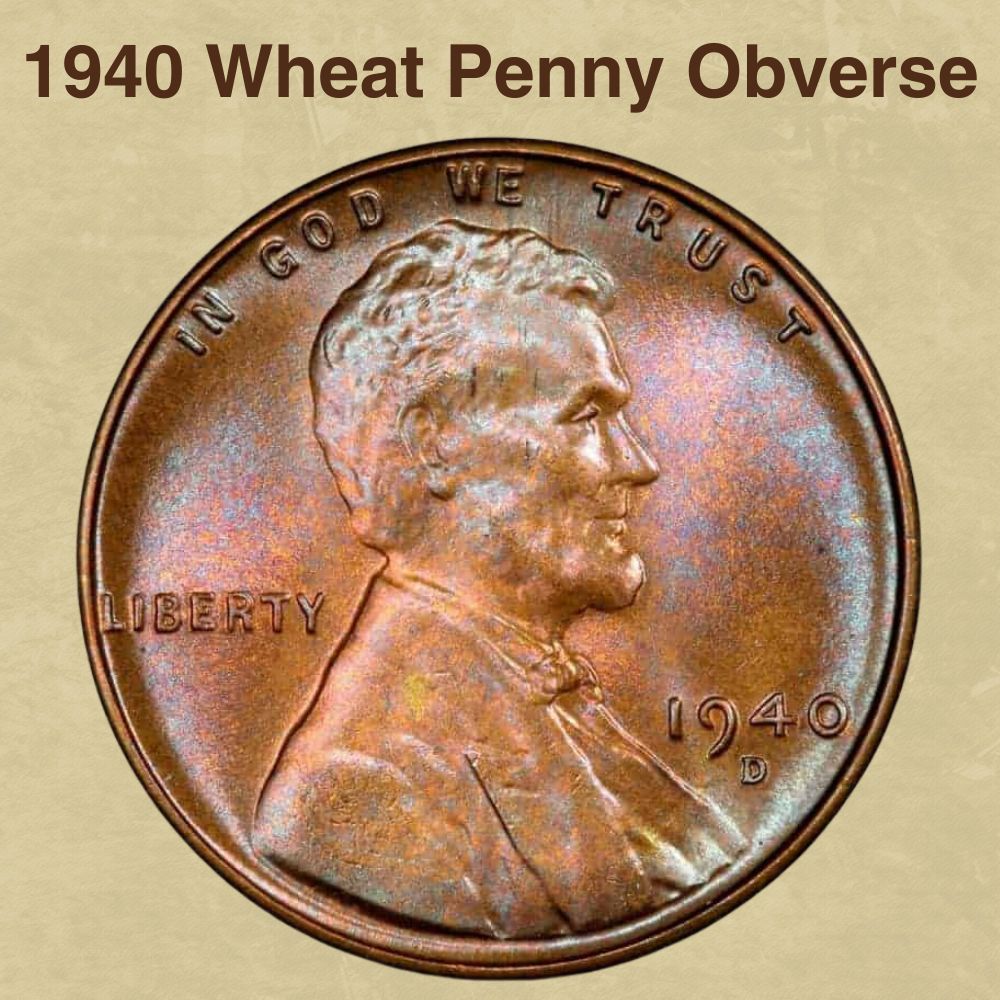
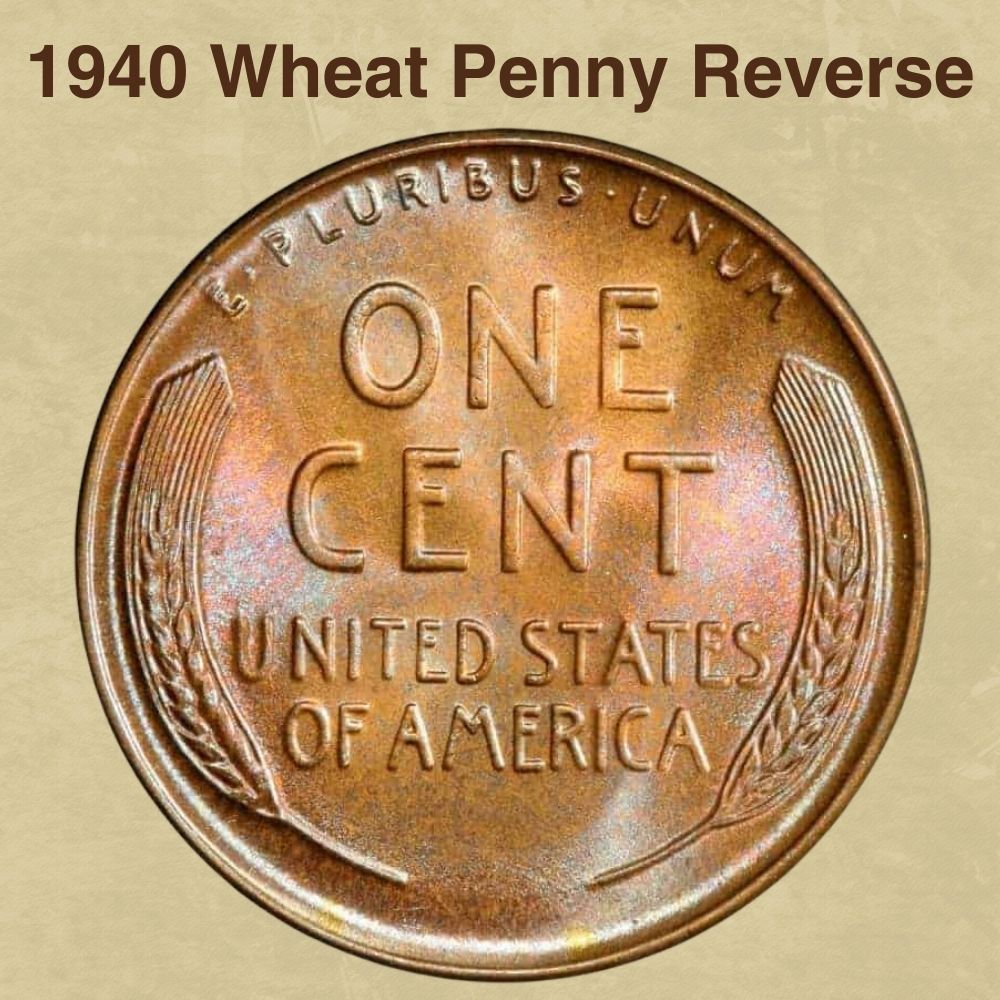
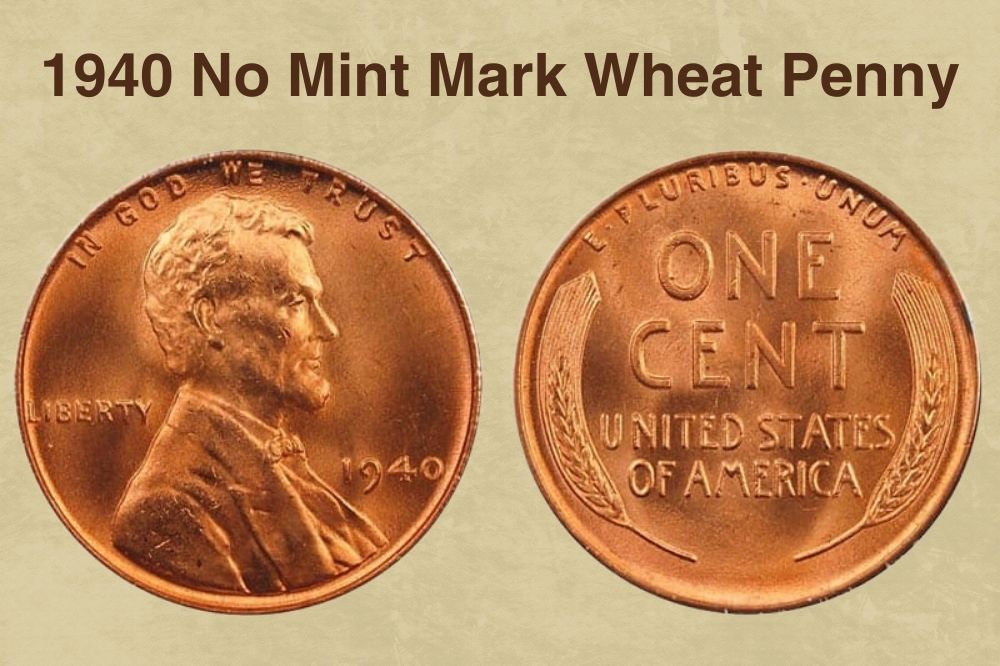
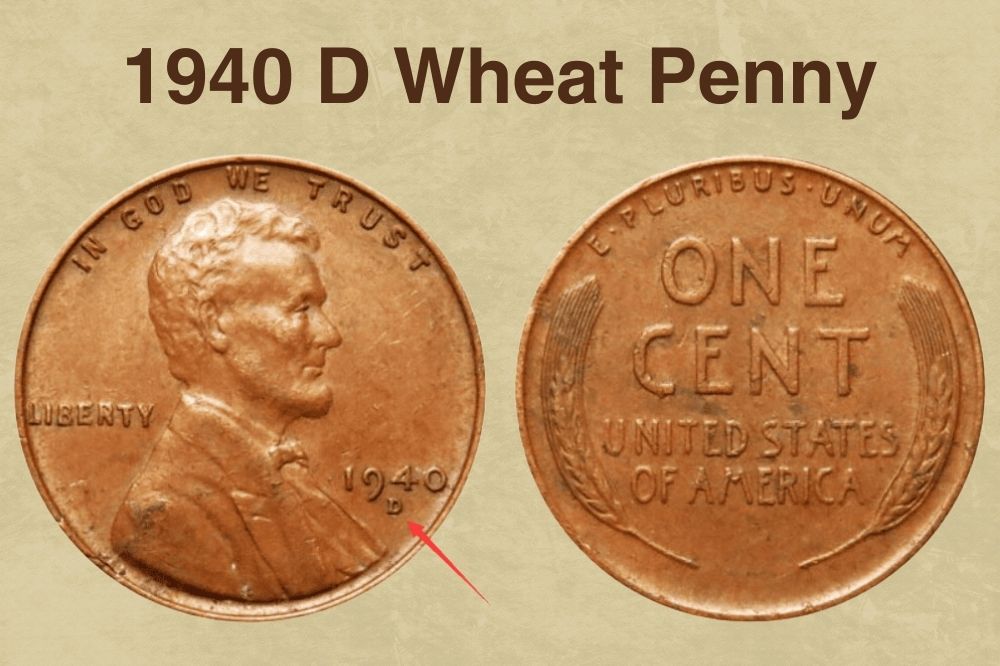
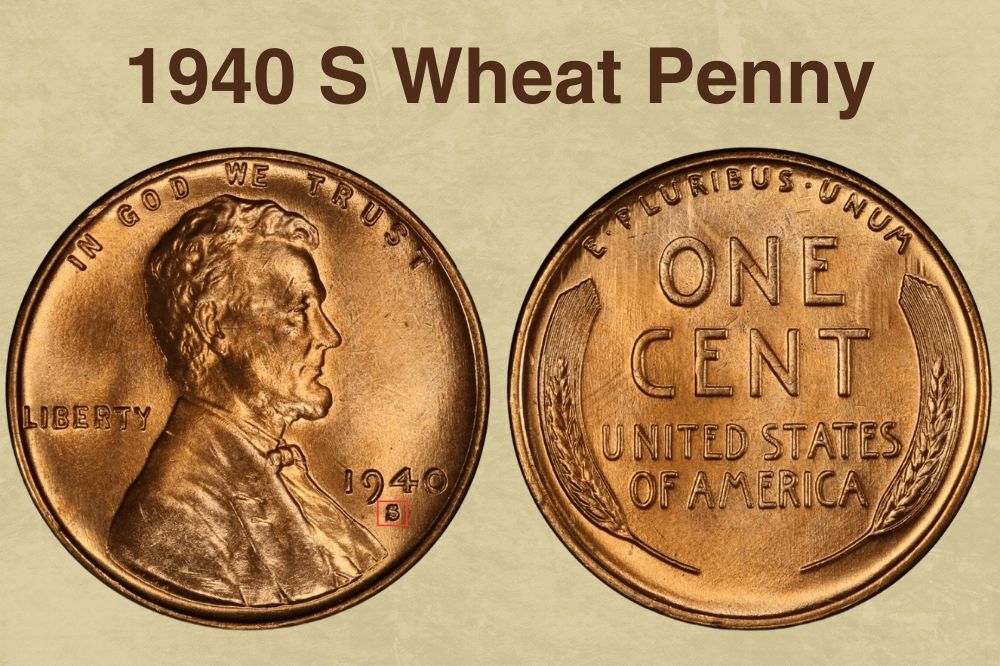
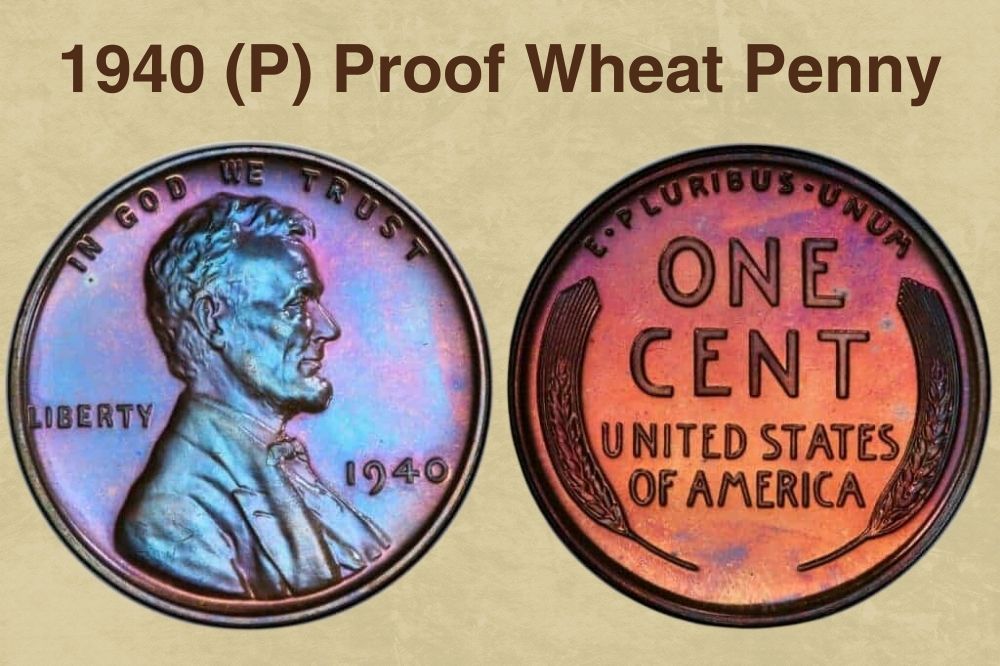
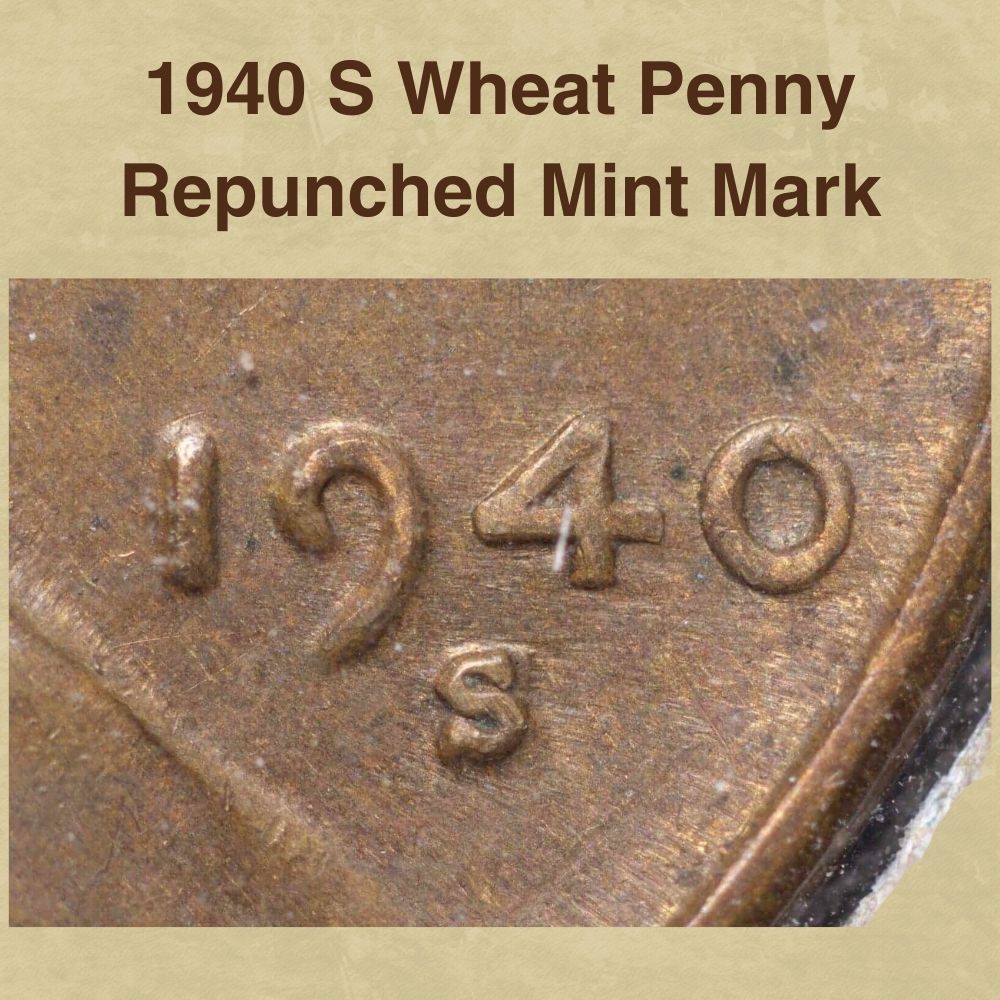
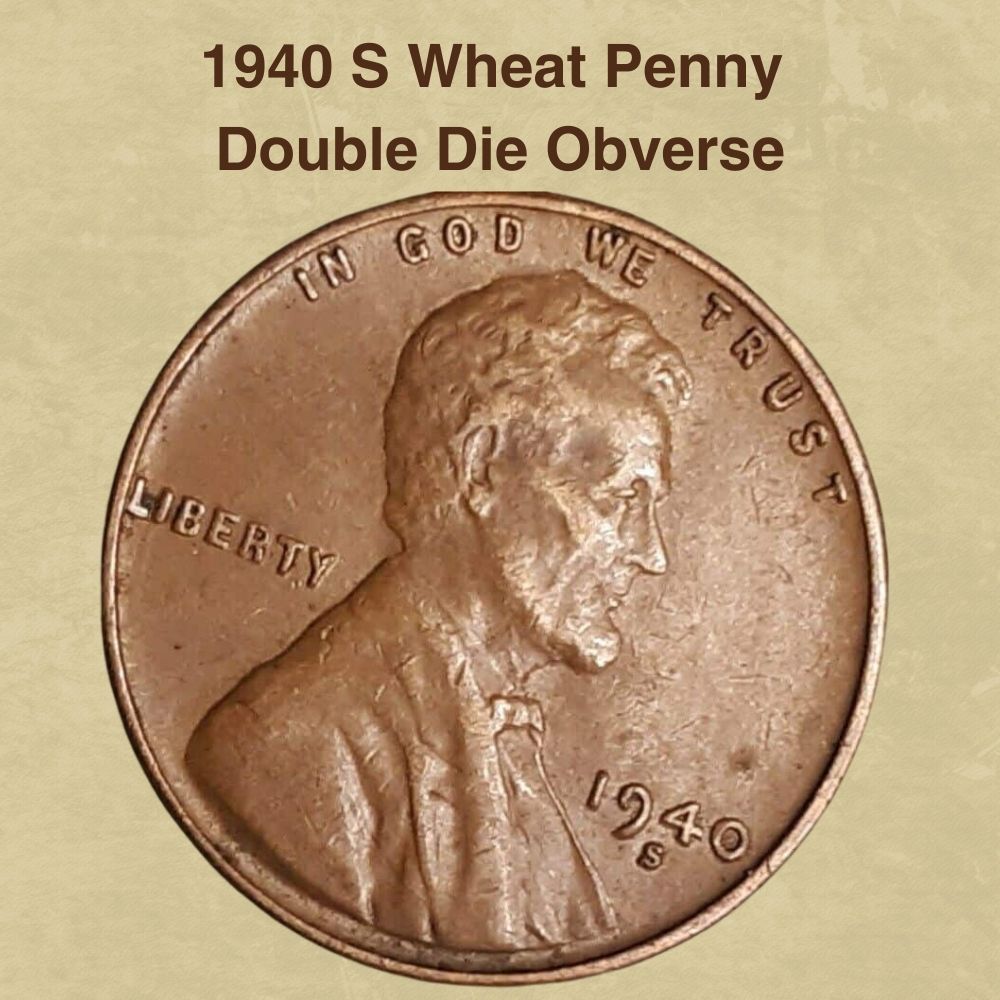
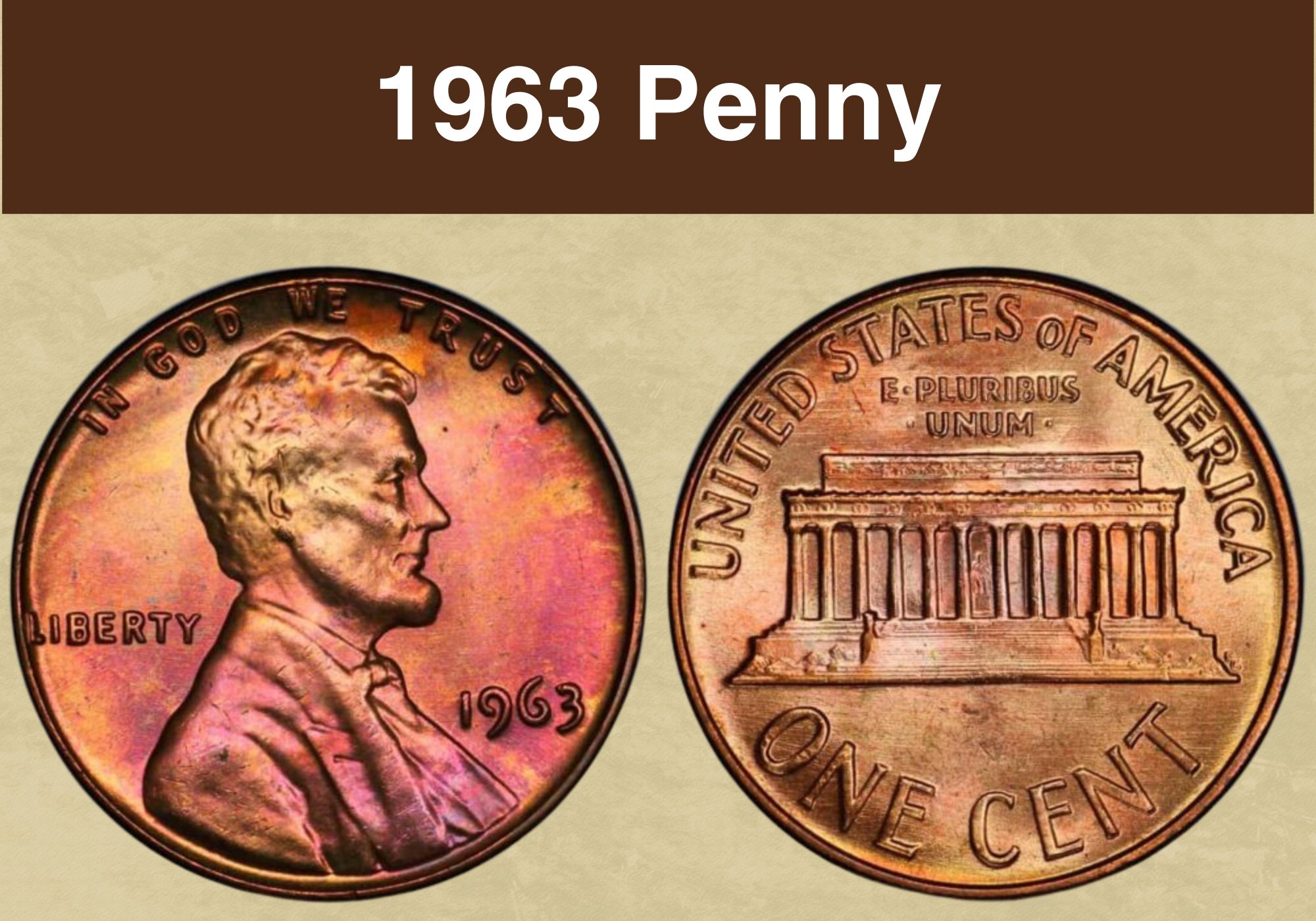
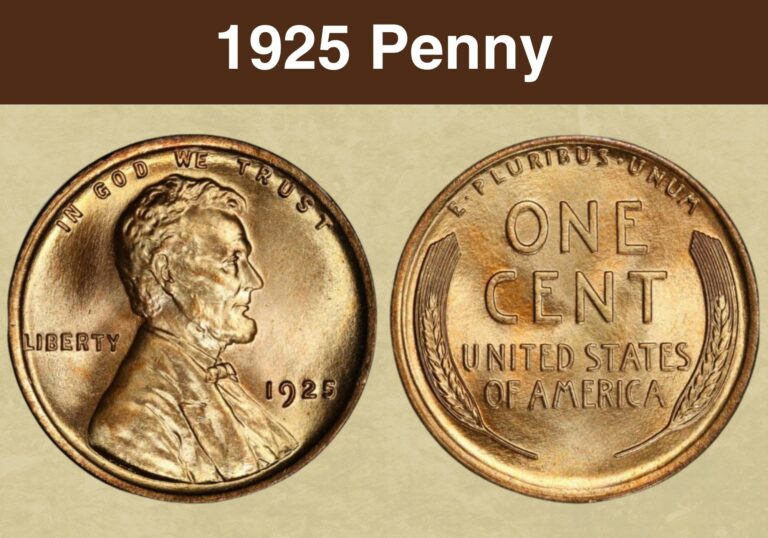
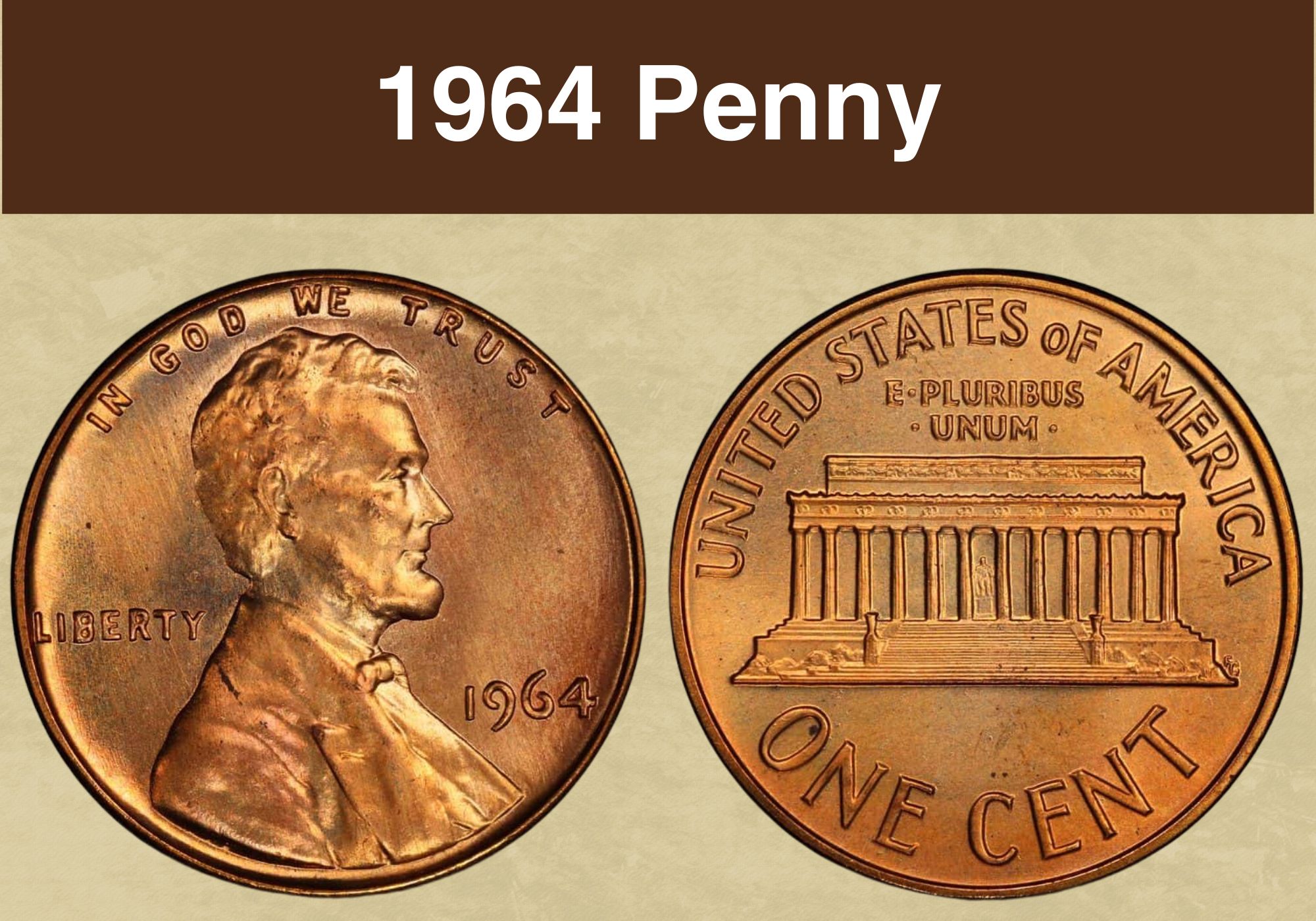
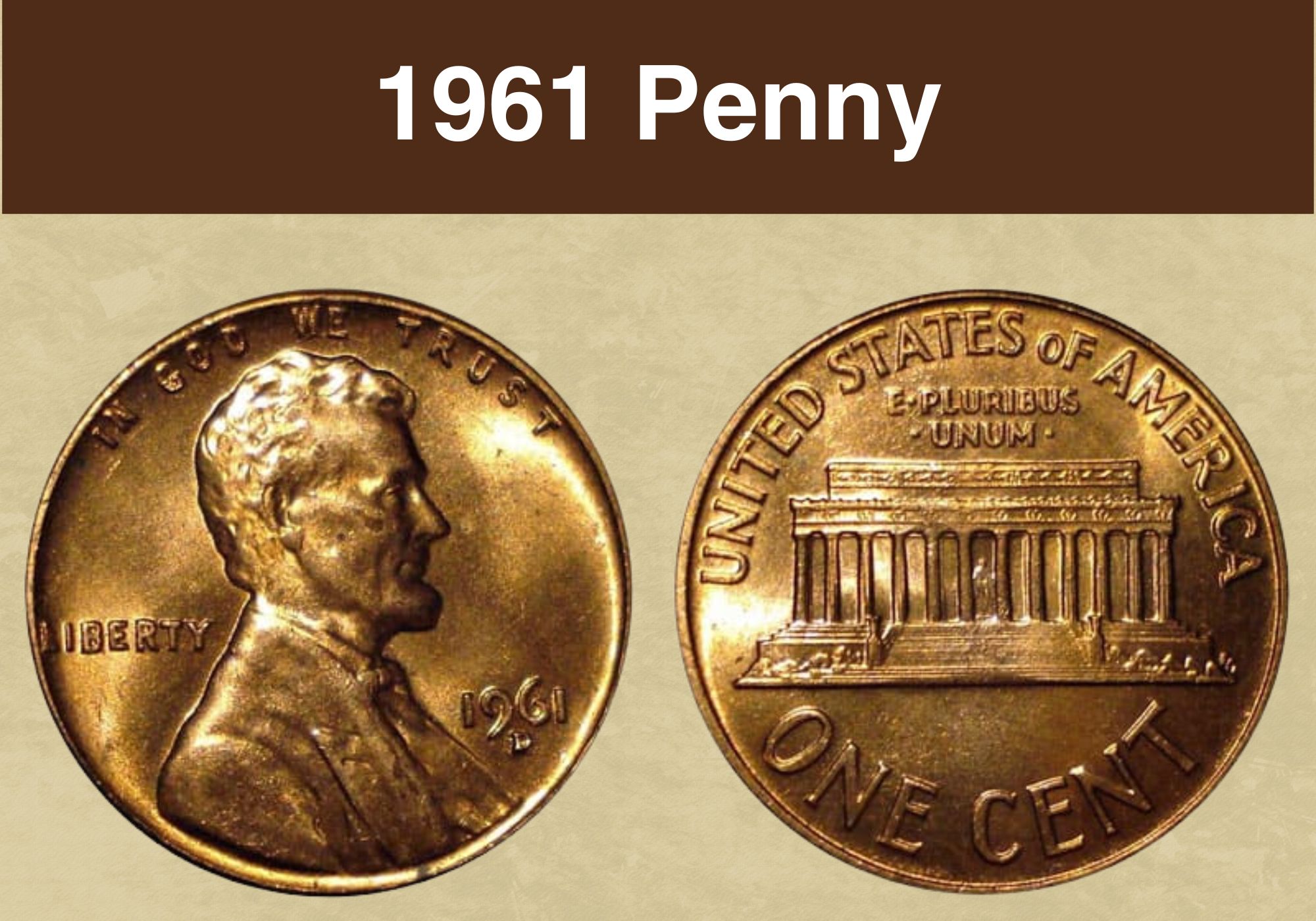
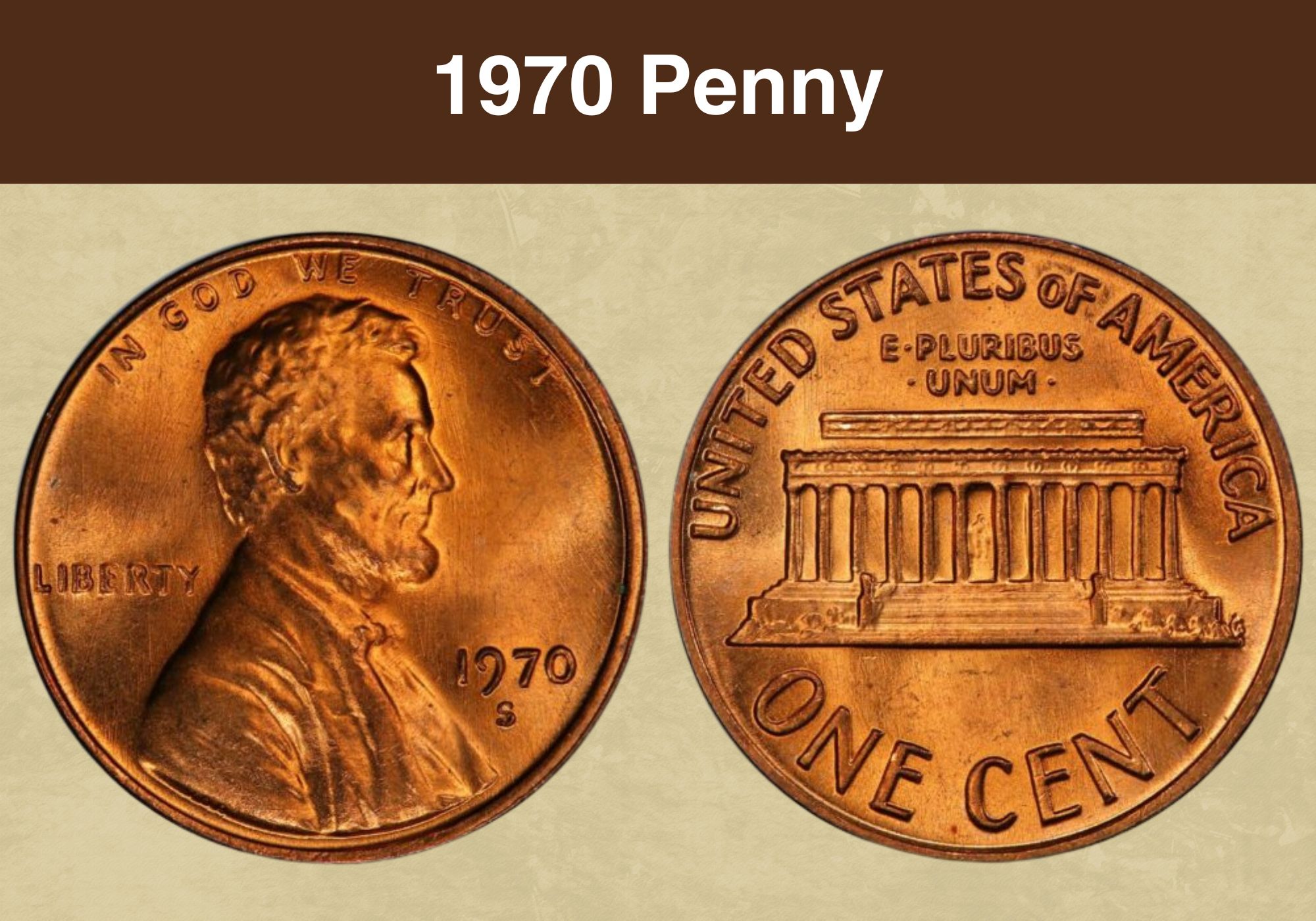
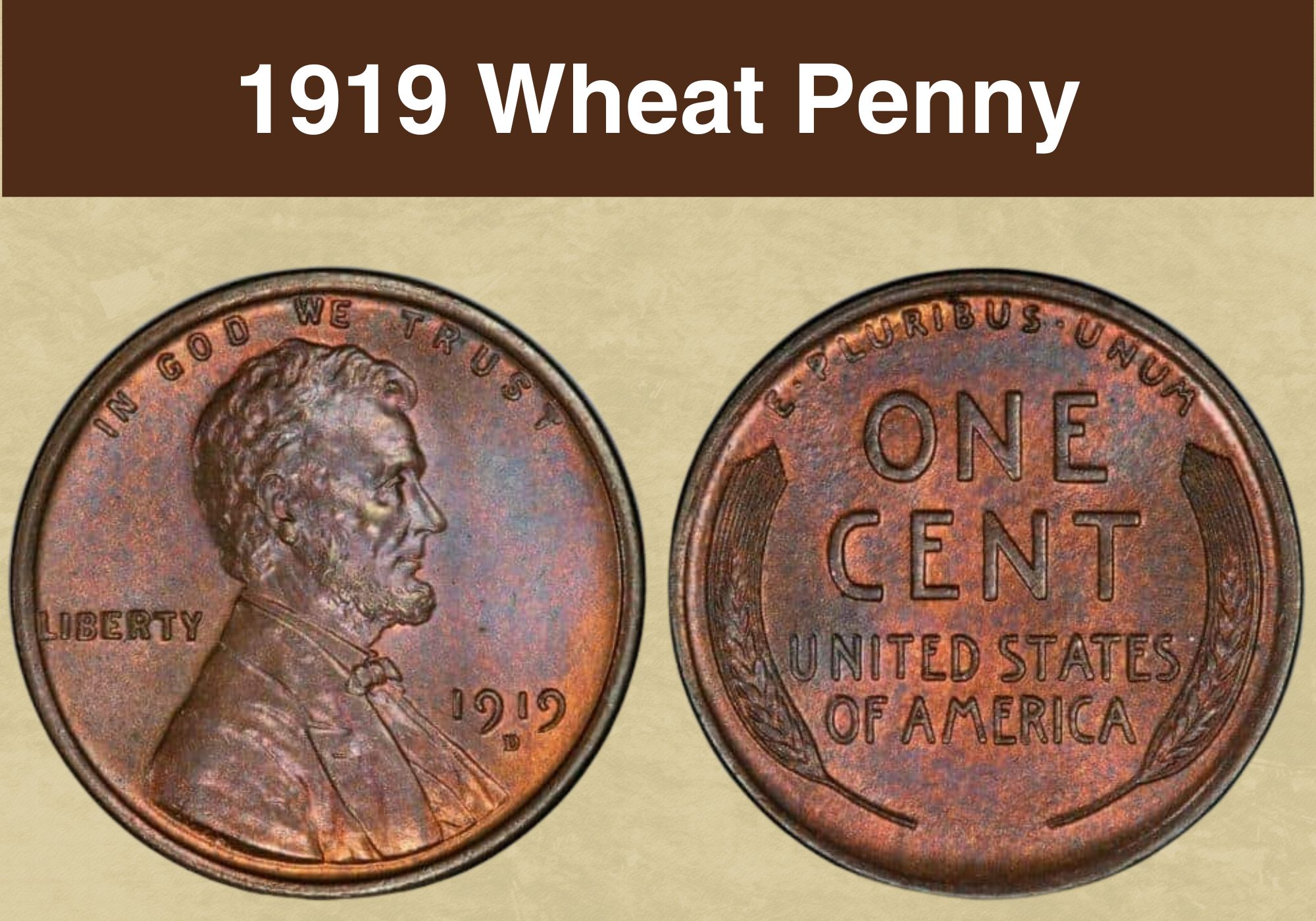
I have a 1940 penny, no mint mark, it is a tiny bit smaller than another penny and it is thicker and all the words are kinda cut off. Is it worth anything?
If I could send a picture I would but there is no option to do so
Thanks
I have the strangest 1940’s WP that could be out there anywhere. Its Double struck of course but Lincoln’s nose is extended way out and the I on ” IN GOD WEBTRUST” looks like an upsidedown question mark. No mint mark.